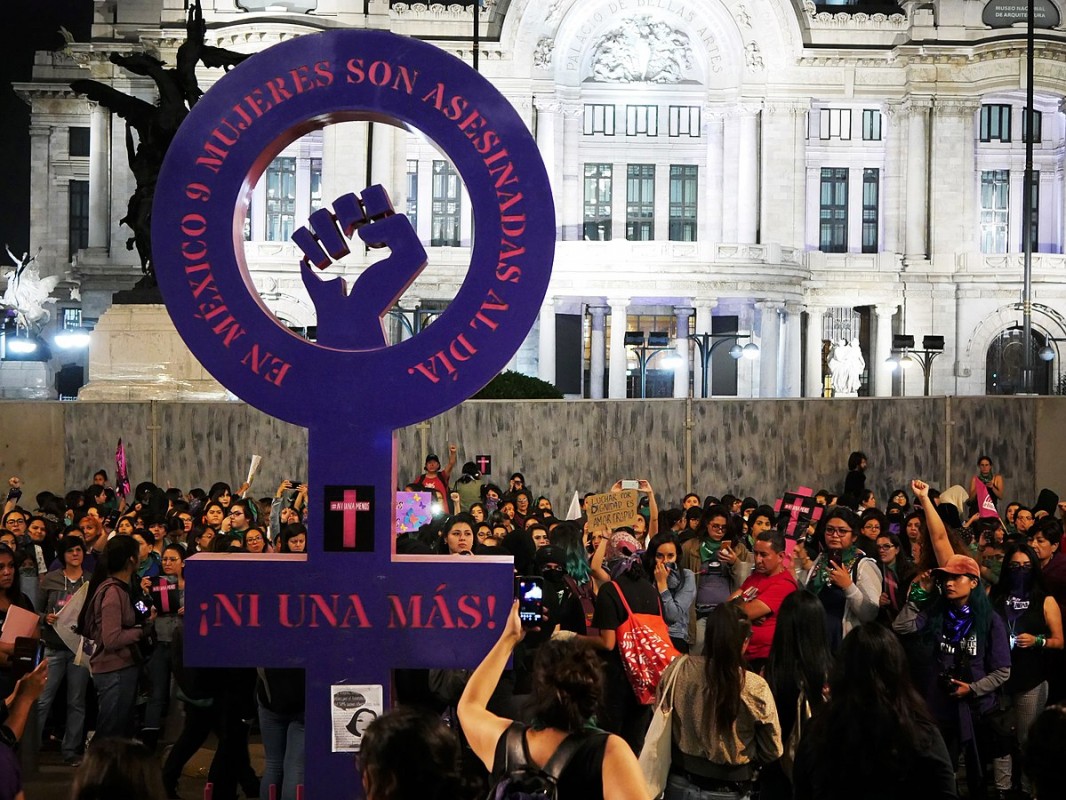In December 2019, Talking Drugs published the article “The state only detains, beats and kills us”: Testimonies from women who use drugs in Mexico” in which were presented the preliminary findings of an advocacy-oriented research from Equis Justicia para las Mujeres (Equis hereinafter) and the University of Chiapas on women who use drugs in Mexico and are deprived of their liberty -including arbitrarily- either in prison or in in-patient compulsory drug treatment centres.
The focus of the text was on violence against children and gender-based violence against women in the family as catalysts for dependent or problematic drug use and further forms of violence against women in the context of sentimental relationships, drug use circuits and state institutions -such as in police custody, prisons and drug treatment centres.
Primarily aimed at visibilizing women and girls’ narratives on the reasons to use drugs but also on the stigma and criminalization around women’s choices, the report “Women who use drugs and incarceration in Mexico” – available in English – also sheds light on a long-forgotten, but absolutely timely topic: the compulsory and arbitrary detention of people who use drugs in private or public “drug detention and rehabilitation centres” and the urgency to close them.
During the ongoing COVID-19 pandemic, there has a been a multiplication of calls from international and regional bodies, as well as from civil society organizations, to release people from prison. However, as TalkingDrugs has previously covered, compulsory drug treatment centres are generally overlooked.
Forced treatment centres exist in several countries in Latin America and around the world. In 2012 the United Nations published the Joint Statement “Compulsory drug detention and rehabilitation centres” in which twelve United Nations entities call for the closure of compulsory drug detention and rehabilitation centres and the immediate release of people arbitrarily detained. Nevertheless, compulsory treatment is still a reality and there is no international body in charge of monitoring or reporting on them.
The implementation of the international framework of drug control in Mexico is mainly focused on the supply side and privileges punishment and violence over health, regulation and harm reduction. The offer of public treatment centres is minimal, so people of low income who use drugs and seek treatment – or are forced into it – have to recur to a net of semi-legal or completely illegal private centres, mainly owned and directed by people who formerly used drugs and underwent the same “treatment conditions”: underpinned by the idea of drug use as moral failure, weaponising religion or spirituality as “treatment” with abstinence as the only goal and, often, psychological, verbal and physical violence as the method. Such facilities – usually referred to as granjas – barns – or anexos – operate with little or no monitoring from authorities and are vulnerable to murderous attacks from criminal organizations.
Sometimes, people who use drugs will be brought in and “welcomed” with force and physical violence from “guards”. Other times people who use drugs are picked up by members of the so-called Spiritual Patrol, consisting variably of “inmates”, the centres’ directors and other individuals. People who use drugs are collected from their homes and forcibly taken to the centre, often resorting to physical and verbal violence in order to do so. In some centres, compulsory treatment and physical and psychological abuse are accompanied by torture, sexual violence and sometimes homicide.
In the interviews for our report, women and girls often as young as 14 years old reported how they were abducted and subsequently retained against their will.
I remember to be sleeping – I had just come back home after running away from it- when three men came in, grabbed me by my arms and feet, got me inside a taxi and on the way to our destiny they were telling me I deserved it because I was a drug addict. — Lilia.
During the time I spent at that clinic we used to be all day in therapy, for example: You have certain amount of time to have a shower, at lunch time you can’t talk, men and women are forbidden to look at each other, we couldn’t speak to each other, and if you’d disobey, you were punished, (and) after three warnings, you were going to be beaten. — Yuri.
I want to help to stop all the things they do to us, because, when the pastor punishes us… she wets us with cold water really early in the morning. The other day she poured water on some of us for them to wash the blankets, they were freezing, and then she would give the wet blankets to the rest of us. And well, I don’t want that to happen again, they throw waste at us so we would clean it. — Ana.
When you arrive voluntarily, yes, you are able to leave whenever you want; however, when is your family who takes you and is paying for your stay, then, you can only leave when they say so. — Selma.
The closure of compulsory treatment centres is clearly a public health emergency. However, in countries such as Mexico, with no public offer of treatment available, the state remains in silent complicity, while massacres and arbitrary detention continue to happen with impunity. Detention is not only arbitrary, but also indefinite: centres, which charges families for the inmate’s maintenance, detains people until they are considered to be “rehabilitated”: basically a kidnapping with a weekly ransom.
The full report “Women who use drugs and incarceration in Mexico” – available in English – sheds light on the compulsory and arbitrary detention of people who use drugs in private or public “drug detention and rehabilitation centres” and highlights the urgency with which such centres need to be abolished.
*Corina Giacomello is a researcher at the University of Chiapas and Equis Justicia para las Mujeres, Mexico; cgiacomello@gmail.com


